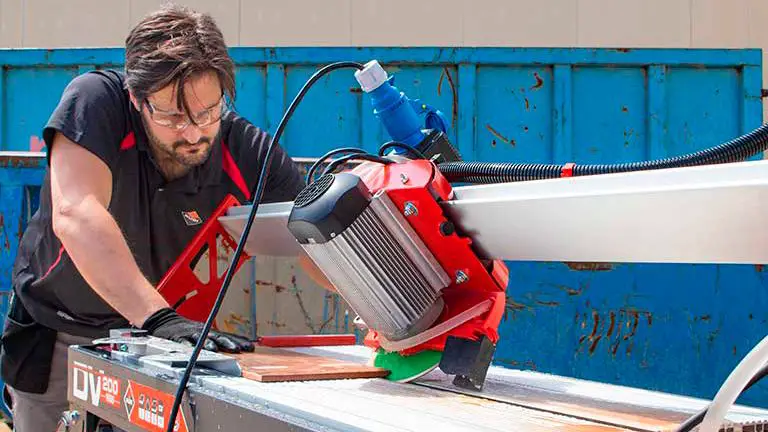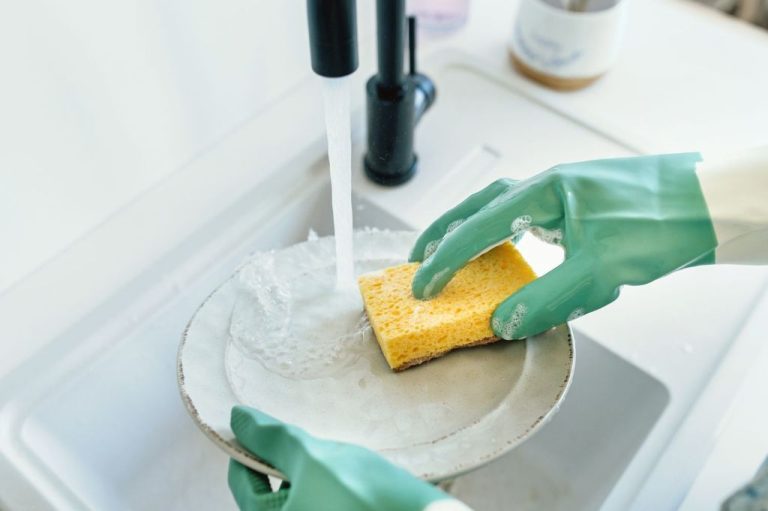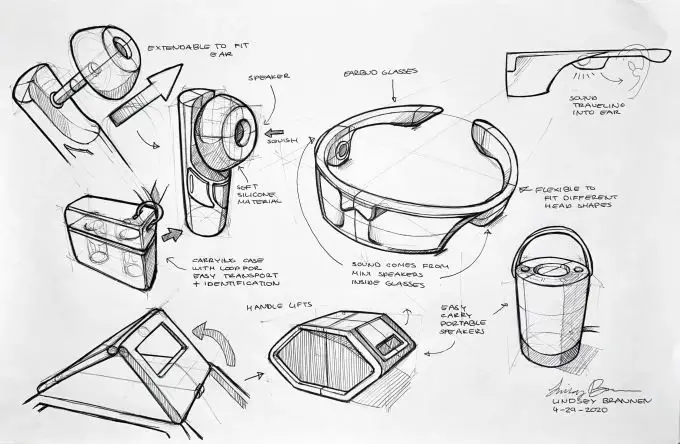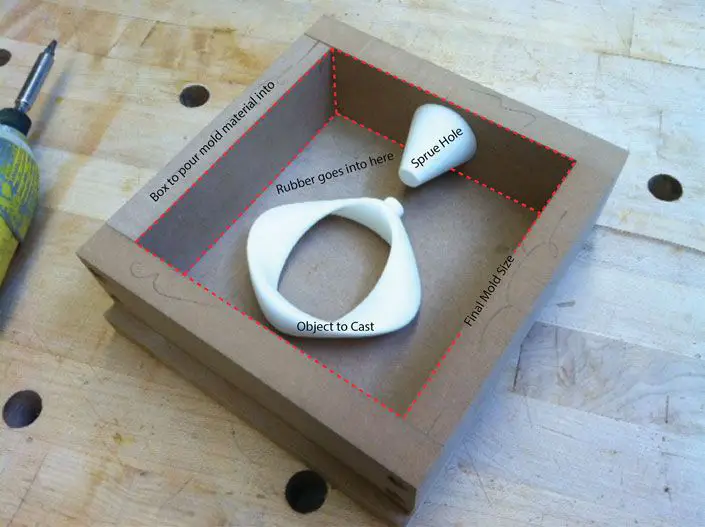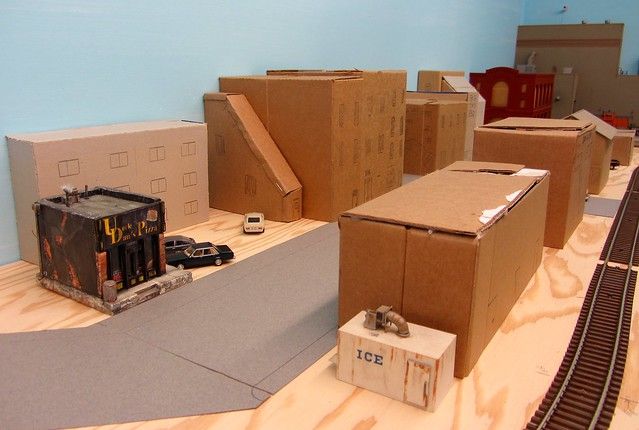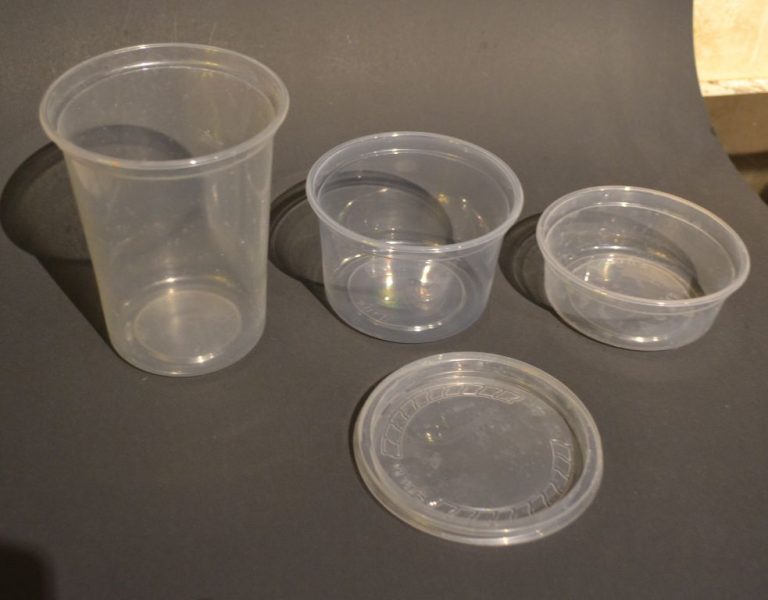What Is Das Clay Wood Effect?
What is Das Clay?
Das clay is an air-dry modeling clay that can be molded into various shapes and designs. It was developed in Turkey in 2006. Unlike other clays, it does not require baking or firing.
Das clay is made from a non-toxic, acid-free formula that air dries to a hard, durable finish. It can be molded like any clay, but then is allowed to dry in air over 24-48 hours. Once completely dry, Das clay sculptures do not need additional baking or firing to set the clay. This makes it an easy, accessible clay for crafters and artists.
Benefits of Das Clay
Das Clay offers some unique benefits that make it an appealing choice for modeling and sculpture projects.
First, Das clay air dries naturally. No baking or firing is needed for pieces to harden and cure. This makes the clay very convenient to use, as you don’t need access to any special equipment like a kiln. Simply mold your sculpture or object, allow it to air dry for 24-48 hours, and your piece will be ready [1].
Additionally, Das Clay doesn’t shrink, crack or warp as it dries [2]. This gives you reliable results, as the finished dried piece will be the same size and shape as when you first molded it. Many other clays shrink as they dry, resulting in cracks and unintended changes to the sculpture.
Once dried, Das Clay pieces become very lightweight and durable. The finished clay is strong yet remains lightweight enough for easy handling and display. Pieces will not chip or degrade easily, allowing sculptures to last for many years [3].
With its natural air drying, resistance to cracking and warping, and lightweight strength when dry, Das Clay offers unique benefits for artists and hobbyists looking for an accessible and easy-to-use modeling clay.
Das Clay Wood Effect
The wood effect refers to creating designs in Das clay that resemble real wood. This is done by rolling, cutting, sculpting, and texturing the clay to mimic the look of woodgrain, knots, joints and other realistic wooden elements.
According to Jerry’s Artarama, Das clay is an air-hardening clay that creates a realistic wood finish when carved and tooled properly. The clay hardens through exposure to air without needing to bake it. Once dried and hardened, you can paint, stain, or color the clay using acrylic paints, wood stains, markers or other coloring media to achieve different wood tones and textures.
The benefits of using Das clay for a wood effect is that it’s lightweight and easy to carve and sculpt intricate wood grain patterns. The finished clay piece can be sanded, sawed, and drilled just like real wood for joining and finishing. When sealed properly, a Das clay wood creation results in a remarkably realistic wood replica.
Creating Wood Grain
When working with Das clay wood effect, creating a realistic wood grain texture is essential for achieving an authentic wood look. There are a few simple techniques to create convincing wood grain in the clay:
First, roll the clay out into long, log shapes. These will become the “planks” of wood. Use acrylic roller tools or toothpicks to imprint wood grain lines into the surface of the clay logs. Roll the tool along the length of the log, pressing lightly to create long grooves in the clay. These grooves imitate the texture and pattern of real wood grain.
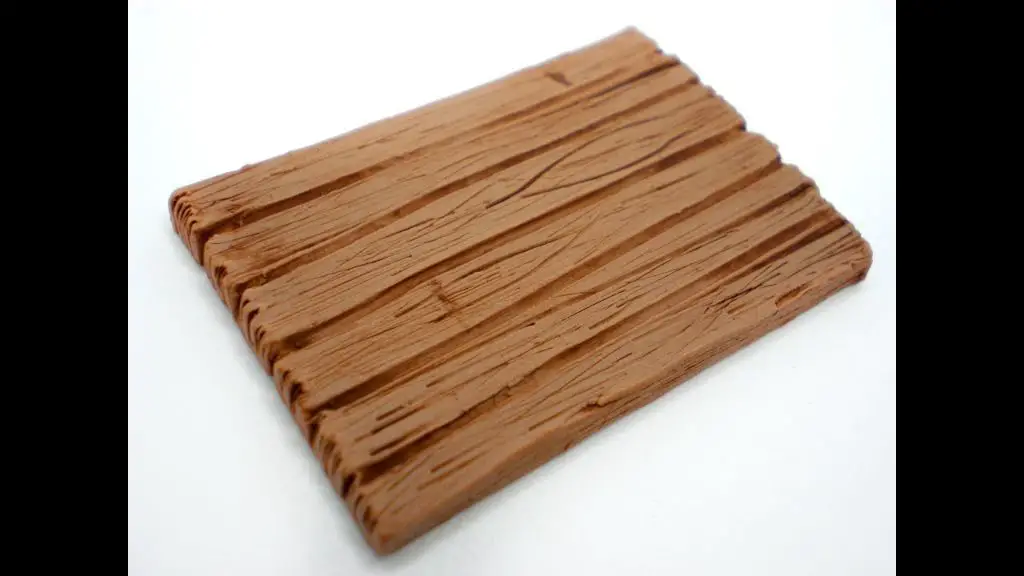
Next, use a knife or clay cutting tool to slice the logs into plank shapes. Cut them into various lengths and thicknesses to achieve an random, natural wood look. The cut ends of the clay will now show the wood grain texture.
You can also sculpt small bumps and knots into the clay with your fingers or tools. Add some bumpy knots into the wood grain to emulate the natural imperfections found in real wood. Press and smooth them into the surface.
Following these simple techniques of rolling, imprinting, cutting and sculpting will allow you to create realistic wood grain effects in Das clay for any woodworking project.
Making Wood Joints
One of the keys to creating realistic wood effects with Das Clay is making realistic looking wood joints. Joints like dowels, tongue and groove, mortise and tenon joints can take a wood project to the next level. Here are some tips for making realistic wood joints with Das Clay:
Cut notches, grooves and holes in your Das Clay wood planks to mimic different types of traditional woodworking joints. Use a knife or small screw driver to cut notches for tongue and groove joints. Cut round holes to mimic dowels or wood pegs. You can cut mortises and tenons by pressing cylinder shapes into the ends of your boards.
Take care to cut your notches and holes at appropriate intervals to mimic real wood. Pay attention to how far apart wooden dowels or tongue and groove joints would be spaced on real lumber. Cut notches and grooves the appropriate depth – not too shallow, but not so deep that the clay becomes fragile.
To take your wood joints to the next level, use bits of clay to create 3D wood dowels, loose tenons or tongue pieces that fit into your notches and grooves. This can create an incredibly realistic effect once painted and sealed.
With careful planning and execution, you can create intricate and realistic looking woodworking joints with Das Clay that really bring your wood projects to life.
Adding Color
Acrylic paints work well on dried das clay pieces. You can paint different colors to mimic different wood types like oak, pine, cherry, etc. An acrylic paint will adhere nicely to the dried clay. Be sure to use thin coats and allow each coat to dry fully before adding another layer. You can also use wood stains for a more natural wood look. Apply stains with a brush or cloth.
Once the paint or stain is dry, you can apply a finish like varathane to seal and protect the painted clay. This will give it a nice smooth finish. Apply thin coats of varathane and allow each coat to fully dry before adding another. Two or three coats of varathane is usually sufficient to seal acrylic paints. The varathane helps prevent chipping or scratches to the painted design.
Sealing the Wood Effect
Once you have achieved the desired wood effect with Das Clay, it is important to seal the piece to protect it and enhance the finish. Applying a sealer will help make the clay more durable and water-resistant.
Acrylic sealers work well for sealing painted Das Clay pieces. An acrylic sealer will help protect the paint and give the piece a uniform finish. According to Gathering Beauty, “If you want to make your clay water-resistant I always recommend using either a clear polyurethane varnish or an acrylic sealer” (Source).
Polyurethane can also be used to seal Das Clay wood effects. Polyurethane will provide a high-gloss, durable finish that brings out the colors nicely. The Varnish for Air Dry Clay guide recommends polyurethane varnish for a protective, water-resistant coating (Source).
Wax finishes like paste wax or beeswax can be applied for a more natural, matte look. The wax soaks into the clay and gives the wood effect a smooth, slightly satiny sheen.
Das Clay Wood Projects
Das Clay’s realistic wood effect makes it perfect for a variety of wood-themed craft projects. Here are some ideas for projects you can create with Das Clay Wood Effect:
Shelves – Makecustom shelves with wood grain finishes for a rustic decorative touch. Das Clay is lightweight so shelves can be mounted on walls easily.
Picture frames – Create one-of-a-kind frames with wood effects that match your photos and decor. Personalize frames with engraved names, dates, or designs.
Wood signs – Craft custom wood signs with your own text and designs using Das Clay. Signs make great gifts, wall art, or home decor accents.
Jewelry – Fashion wood bead necklaces, bracelets, and earrings with Das Clay. The lightweight clay is comfortable to wear.
Ornaments – Das Clay is perfect for making personalized wood ornament gifts for the holidays.
Furniture accents – Add wood details like knobs, handles, or decorative trim to enhance plain furniture using Das Clay.
Nearly any craft or DIY project can be elevated with the wood effects achievable from Das Clay. Let your creativity guide you as you work with this versatile modeling clay.
Tips for Success
When working with Das Clay wood effect, there are some tips to follow for best results:
Work on a smooth, nonporous surface like glass, plastic, or finished wood. This prevents the clay from sticking and makes sculpting easier. Keep fingers and tools wet while sculpting to prevent sticking, using water or rubbing alcohol. Let the clay dry fully before painting for at least 24 hours. Das clay can take 1-3 days to dry completely depending on thickness and humidity. Refer to the drying instructions on the package.
According to an article on air dry clay tips from Gathering Beauty, “Always work on a clean work surface. No dust or fluff allowed. Air dry clay can be quite sticky so roll your clay out between two sheets of plastic wrap or parchment paper if it keeps sticking to your work surface.”
Using Das Clay Wood Effect
Das Clay is an incredibly versatile material that can be sculpted and finished to create realistic wood effects for a variety of projects. With some practice using basic sculpting and painting techniques, you can transform plain Das Clay into beautiful faux wood pieces.
When working with Das Clay wood effect, focus on mimicking the look of natural wood as closely as possible. Carefully sculpt the clay to recreate wood grain patterns, knots, edges and joints. Use acrylic paints, stains and finishes to add realistic color variations, textures and sheens.
Das Clay lends itself well to woodworking project ideas like decorative boxes, frames, shelves, furniture accents and more. Consider using it to add wood details to items made from other materials, like turning plain pottery or glassware into hand-crafted looking pieces. With the right finishing techniques, you can achieve a classic stained, painted or distressed wood look.
The wood effects possible with Das Clay are only limited by your creativity. It can be used to mimic all different wood types from light birch to dark walnut. Experiment with different sculpting and painting techniques to find a style that fits your skill level and project needs.

